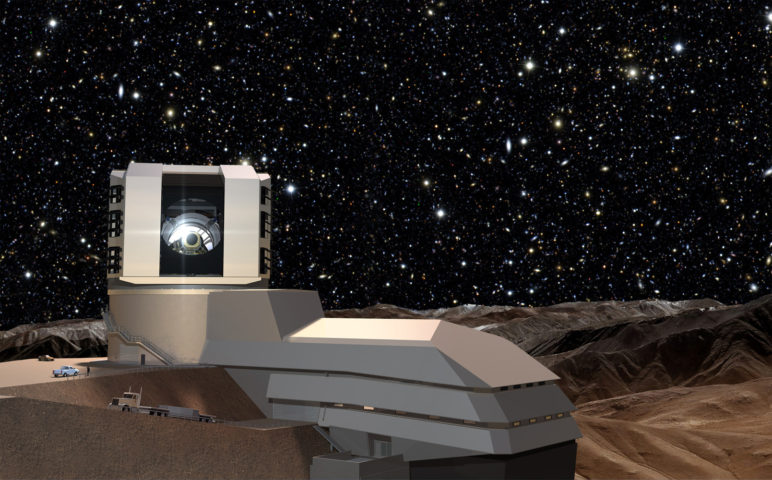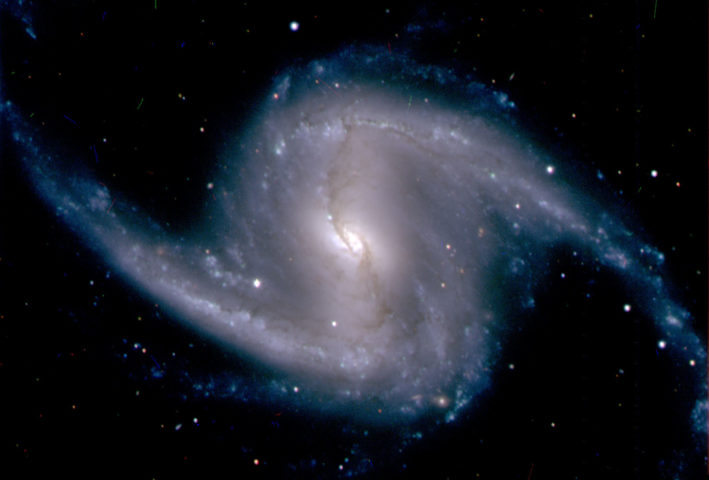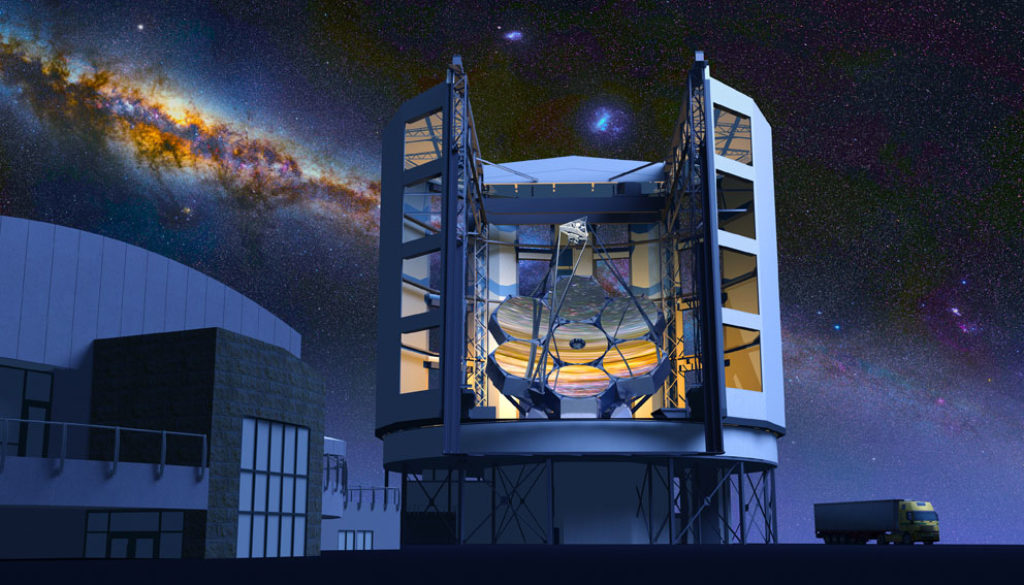Texas A&M Selected to Association of Universities for Research in Astronomy
Texas A&M University has been selected for membership in the Association of Universities for Research in Astronomy Inc. (AURA), the prestigious international organization dedicated to the advancement of astronomy and related sciences.
Texas A&M has been admitted for a three-year term through June 30, 2017 as the 40th United States member of the global consortium founded in 1957 with the encouragement of the National Science Foundation to create astronomical observing facilities and to make them available to all qualified researchers from U.S. institutions and universities on the basis of scientific merit.
University Distinguished Professor of Physics and Astronomy Nicholas B. Suntzeff spent 20 years at one such facility, the U.S. National Optical Astronomy Observatory (NOAO)/Cerro Tololo Inter-American Observatory in La Serena, Chile, prior to coming to Texas A&M in 2006 as director of the Texas A&M astronomy program. Suntzeff, who will serve as Texas A&M’s designated AURA representative, says he has watched the consortium progress with time to include the most important astronomy research institutions in the country and also play a significant role in its related policy decisions.
“AURA has evolved from an organization that runs the National Optical Astronomy Observatory, Gemini Observatory, National Solar Observatory and the Space Telescope Science Institute, to an organization that has become the de facto voice for United States astronomy, outside of the American Astronomical Society,” Suntzeff said. “Having a seat at their table is a step toward Texas A&M having a stronger voice in U.S. astronomical policy issues.”


For Texas A&M, the move marks another important milestone in a veritable scientific renaissance that began in 2002 with 1940 Texas A&M distinguished petroleum engineering graduate George P. Mitchell’s $1 million gift to establish the George P. and Cynthia Woods Mitchell Institute for Fundamental Physics and Astronomy. Thirteen years, more than $88 million and two new buildings later, Texas A&M boasts a well-respected astronomy program built on strong research, innovative teaching and state-of-the-art instrumentation construction.
AURA officials specifically cited the Texas A&M program’s strength and commitment to the future as primary factors in reaching their decision.
“It is our mission to advance astronomy and related sciences, to articulate policy and respond to the priorities of the astronomical community, and to enhance the public understanding of science,” said AURA President William S. Smith Jr. ’69, who earned both a bachelor’s degree and a Ph.D. in chemistry from Texas A&M. “We do this by developing and operating national and international centers that enable merit-based research by members of the astronomical community. I believe and trust that Texas A&M University and AURA have many goals and objectives in common.”
In addition to nine research faculty and staff, the Texas A&M astronomy program features a growing graduate program as well as first-rate instrumentation capabilities within its the Charles R. ’62 and Judith G. Munnerlyn Astronomical Laboratory. Texas A&M astronomers are involved in several international research collaborations, including the AURA-managed Large Synoptic Survey Telescope (LSST), the Dark Energy Survey (DES), the Giant Magellan Telescope (GMT) and the Hobby-Eberly Telescope Dark Energy Experiment (HETDEX) as well as astronomy at the Antarctic Plateau.
Global projects and prospects aside, Texas A&M’s admission into AURA represents an interesting twist of fate for an institution more familiar with being on the decision-making end of the narrative, particularly at a time when social media threads are filled with similarly celebratory announcements from newly minted #TAMU19 members posing with their official Texas A&M acceptance letters. Suntzeff says the timing couldn’t be better, given that undergraduates have the opportunity as of last fall to minor in astrophysics — a track featuring some classes being taught for the first time in Aggieland. Current offerings include upper-level courses on astronomical data-taking and analysis (ASTR 320), the physics of galaxies and the universe/cosmology (ASTR 403) and the physics of stars and extrasolar system planets (ASTR 401).
“We are so delighted to have our astronomy program selected to join this distinguished organization,” said Dr. H. Joseph Newton, dean of the College of Science. “It is a testament to the vision and hard work of all the people who have created and grown the program and, in particular, to a remarkable group of astronomers who took a chance and decided to call Texas A&M their home.”
For additional information about AURA, visit http://www.aura-astronomy.org.
To learn more about Texas A&M astronomy, go to http://astronomy.tamu.edu.
# # # # # # # # # #
About Research at Texas A&M University: As one of the world’s leading research institutions, Texas A&M is in the vanguard in making significant contributions to the storehouse of knowledge, including that of science and technology. Research conducted at Texas A&M represents annual expenditures of more than $820 million. That research creates new knowledge that provides basic, fundamental and applied contributions resulting in many cases in economic benefits to the state, nation and world. To learn more, visit http://research.tamu.edu.
-aTm-
Contact: Shana K. Hutchins, (979) 862-1237 or shutchins@science.tamu.edu or Dr. Nicholas B. Suntzeff, (979) 229-9597 or nsuntzeff@tamu.edu
The post Texas A&M Selected to Association of Universities for Research in Astronomy appeared first on Texas A&M College of Science
